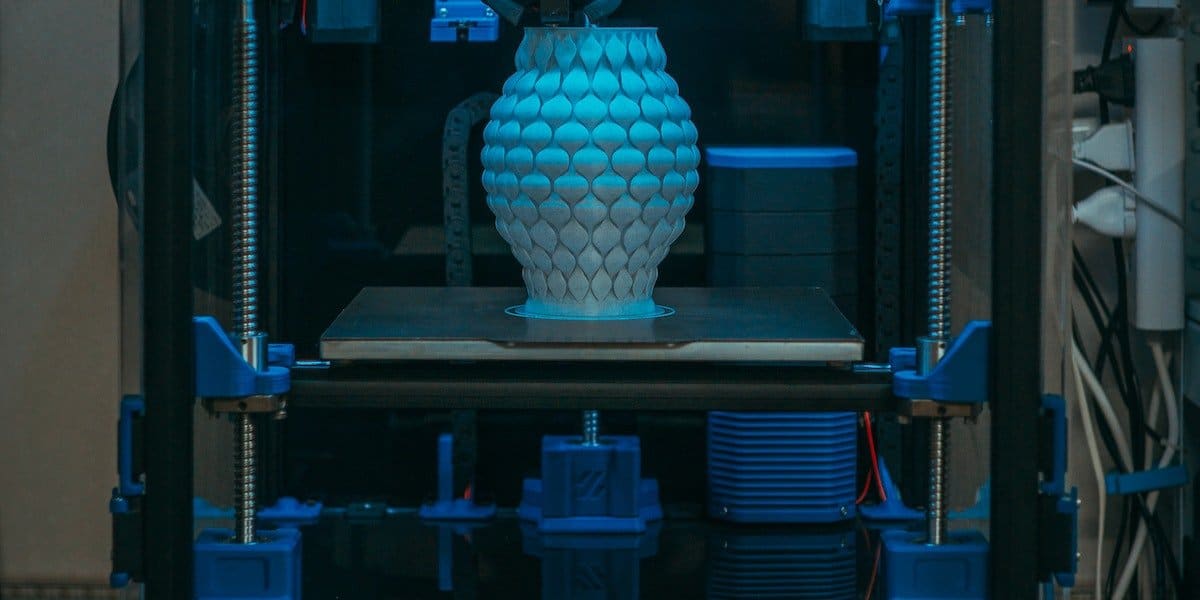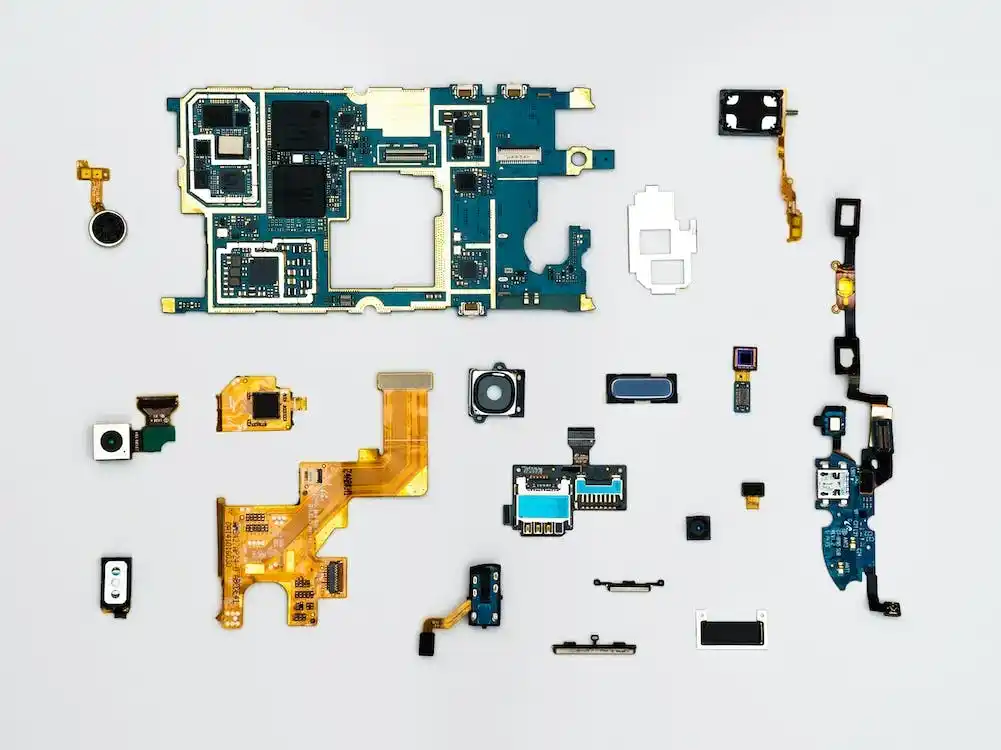The potential of 3D printing technology is immense and has the capability to revolutionize the way we manufacture, design and distribute products. In recent years, 3D printing has emerged as a popular manufacturing technique with a wide range of applications across industries such as aerospace, automotive, healthcare, and consumer goods. This technology has opened up new avenues for innovation and creativity, allowing manufacturers to create products that were once thought to be impossible to produce.
Advantages of 3D Printing Technology
One of the key advantages of 3D printing technology is the ability to create complex designs and geometries with ease. Traditional manufacturing techniques such as injection molding and CNC machining can be limited by the design complexity and often require additional steps for post-processing. With 3D printing, manufacturers can create intricate designs in a single step, saving time and reducing costs.
Another advantage of 3D printing is the ability to produce small batch sizes and customized products. This is particularly useful for industries such as healthcare, where personalized medical devices and implants can be designed and manufactured based on individual patient needs. With 3D printing, manufacturers can produce customized products on demand, reducing the need for inventory and storage costs.
Applications of 3D Printing Technology
Numerous industries use 3D printing for a variety of purposes. In aerospace, 3D printing is used to manufacture lightweight components that can reduce fuel consumption and emissions. In the automotive industry, 3D printing is used for prototyping and manufacturing customized parts for high-performance vehicles. In healthcare, 3D printing is used to create prosthetics, implants, and surgical models that can improve patient outcomes.
3D printing is also being used to create sustainable and eco-friendly products. With the ability to use a wide range of materials such as bioplastics and recycled plastics, 3D printing can help reduce waste and environmental impact. This is particularly important in the current era of sustainability and environmental consciousness.
Future of 3D Printing Technology
The future of 3D printing technology looks promising, with advancements being made in materials, software, and hardware. As the technology becomes more accessible and affordable, we can expect to see a greater adoption of 3D printing across various industries. This will lead to increased innovation, faster prototyping, and reduced time to market for new products.
In conclusion, 3D printing technology has immense potential and is poised to revolutionize the manufacturing industry. With its ability to create complex designs, produce small batch sizes, and customize products, 3D printing is becoming an increasingly popular manufacturing technique. As the technology continues to evolve, we can expect to see new applications and use cases emerge, further driving innovation and growth in this field.
Focus key phrase: The potential of 3D printing technology
Best Articles
Read about 3D Printing











